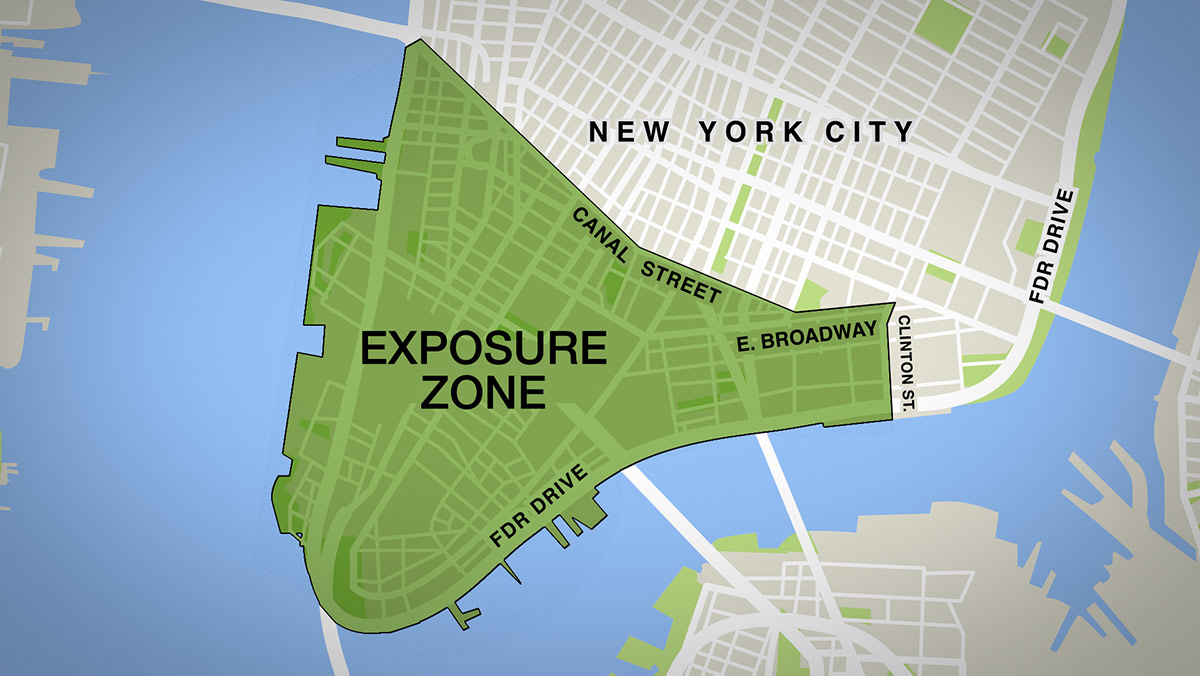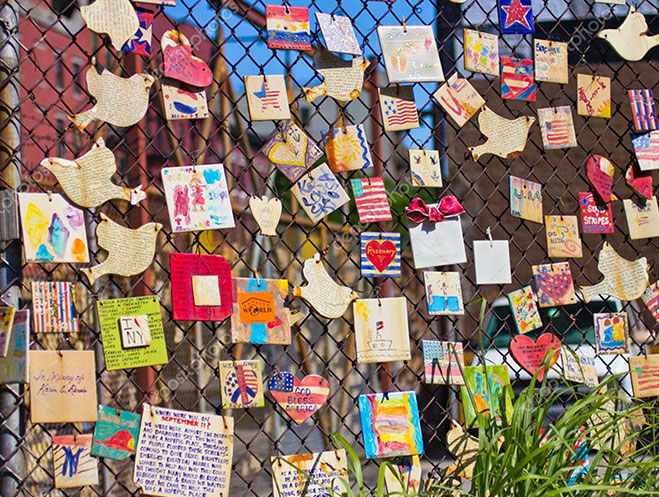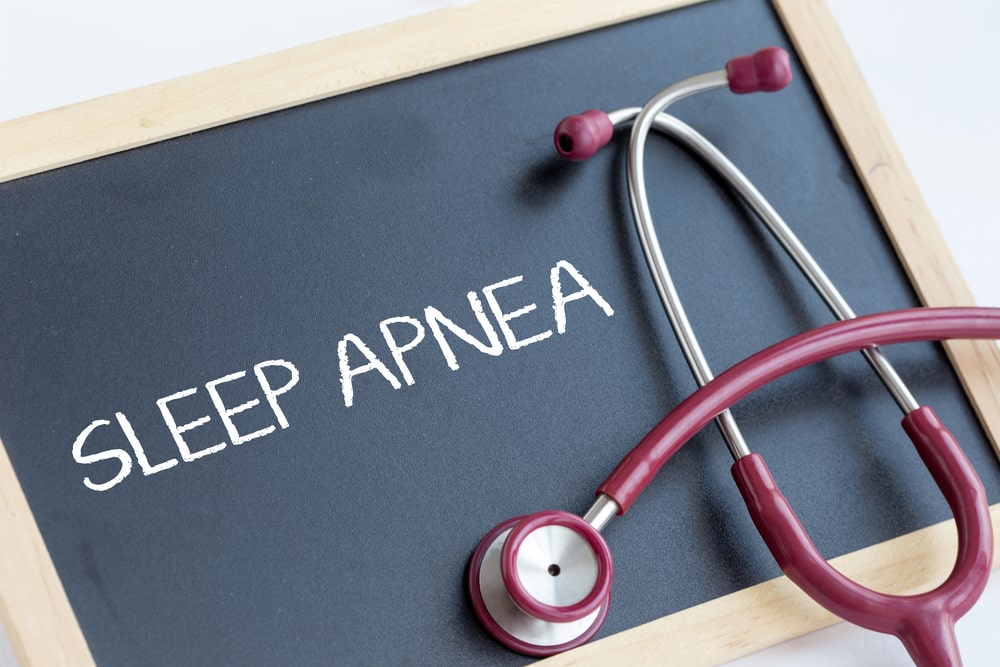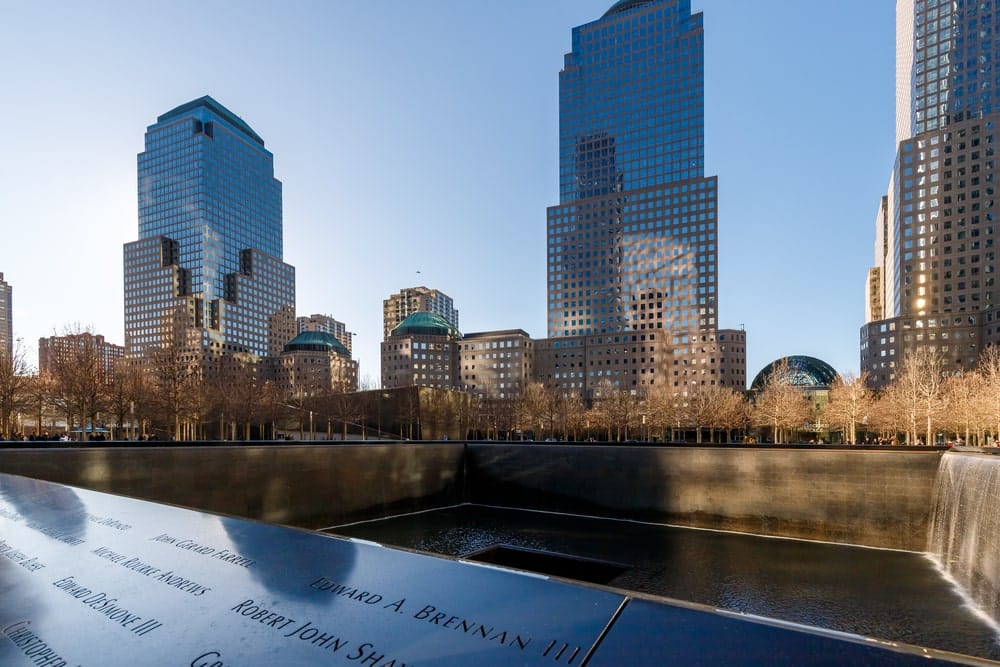No American will ever forget September 11th, 2001: what they were doing, where they were, and the horrors that they witnessed. For many, the pain of that event continues in the form of life-altering 9/11 illnesses and cancers that were directly related to exposure to the gas and dust toxins released into the air near the World Trade Center.
While nothing can erase the memory of that tragedy, there are monetary and healthcare benefits that may be available to 9/11 responders or survivors who have suffered a serious illness or medical condition related to toxin exposure.
What 9/11 illnesses have been identified as being caused by carcinogens at the NYC exposure zone?
The exposure zone is specifically defined as an area “in Manhattan south of the line that runs along Canal Street from the Hudson River to the intersection of Canal Street and East Broadway, north on East Broadway to Clinton Street, and east on Clinton Street to the East River; and any area related to or along the routes of debris removal, such as barges and Fresh Kills landfill.”
Survivors, first responders, and residents of the area near ground zero may have contracted non-cancer 9/11 illnesses, diseases and medical conditions as a result of exposure to the toxins carried in the dust—which included carcinogens such as dioxin, PCBs, alkaline particles from pulverized concrete, and heavy metals such as lead and mercury.
Exposure to these and other toxic contaminants may increase the development of a number of non-cancer illnesses, diseases, and medical conditions; including certain types of sleep apnea, headaches caused by decreased lung capacity, newly diagnosed asthma, and a host of other ailments.
To put it in perspective, a report by the World Trade Center Health Panel states that “More than 2,000 of FDNY’s 14,000 first responders (about 15%) have sought treatment for respiratory conditions since September 11, 2001. Of those 2,000, more than 700 developed permanent and disabling respiratory illnesses leading to retirement as firefighters, a four- to five-fold increase over average rates in the years prior to 9/11.”
While it’s true that firefighters and other general responders generally had the greatest initial exposure, many thousands of residents, workers, visitors, school children and others in the vicinity of the tragedy also suffered and continue to suffer 9 11 respiratory, neurological, aerodigestive and other illnesses, as well as mental health issues.
Medical care and financial assistance for 9/11 illnesses available through the
James Zadroga 9/11 Health and Compensation Act
Signed into law by President Obama in January of 2011, and reauthorized in December 2015, the Zadroga Act was created to provide compensation through the Victim Compensation Fund (VCF) for those who were killed in the 9/11 terrorist attacks or who “suffered physical harm” as a result the toxic dust left in its aftermath. Claimants may include first responders, volunteers, residents, workers, or student attending school in the exposure zone between September 11, 2001 and May 30, 2002.
In 2019, President Trump signed into law the “Never Forget the Heroes, James Zadroga, Ray Pfeifer, and Luis Alvarez Permanent Authorization of the September 11th Victim Compensation Fund Act,” which fully funded the VCF and the World Trade Center Health Program (WTCHP) for eligible claimants until October 1, 2090.
Eligibility requirements to make a claim for compensation include, among others:
- Showing that there is a 9/11-related physical injury or condition that is certified for treatment by the World Trade Center (“WTC”) Health Program or, in limited circumstances, that you have a physical injury or condition that was treated by your private physician and verified as 9/11-related.
- Proof (documentation) that the claimant was within the exposure zone or along the routes of debris removal at some point during the period beginning on September 11, 2001, through May 30, 2002.
- Those filing claims on a victim’s behalf must show legal authority to do so.
- Claims must be filed by October 1, 2090 (the filing deadline).
Medical care and cancer screening is also available at no cost to eligible WTCHP claimants at one of the Clinical Center of Excellence (CCE) locations in the New York metro area, or through the Nationwide Provider Network (NPN) outside the metro area. Screening and early detection is critical to helping victims identify potential health issues and get proper medical care.
Examples of 9 11 illnesses covered by the WTCHP and VCF
A study conducted by the World Trade Center Health Registry (WTCHR) that looked at nearly 37,000 WTCHR enrollees found that 47.8 percent had one or more 9/11 illnesses or conditions. Victims may be eligible for compensation for 9/11 illnesses that are typically covered, including:
- Sleep apnea – including obstructive, central, and complex types
- Sarcoidosis – granulomas (inflammatory cells) that grow in the body, including the lungs
- Aerodigestive illnesses – this is a group of disorders that affect sinuses and lungs (e.g., asthma, GERD, COPD, and chronic laryngitis, rhinosinusitis, etc.)
- Mental health conditions – PTSD, depression, and other disorders related to the 9/11 disaster
- Asbestos exposure – such as asbestosis and pulmonary fibrosis
Please bear in mind that this is not a comprehensive list. For more information, see the CDC website.
If you have a 9/11 illness, contact Weisfuse & Weisfuse, LLP today to schedule a free consultation
Medical help and monetary compensation are available for survivors of this tragic event. If you or a family member has developed an illness caused by the toxic dust that resulted from the collapse of the Word Trade Center, please don’t delay in calling us. We can help you get the best possible compensation; money that you and your family need to get on with life. To schedule a time to talk please contact us today. Consultations with one of our experienced, compassionate attorneys are free of charge.






